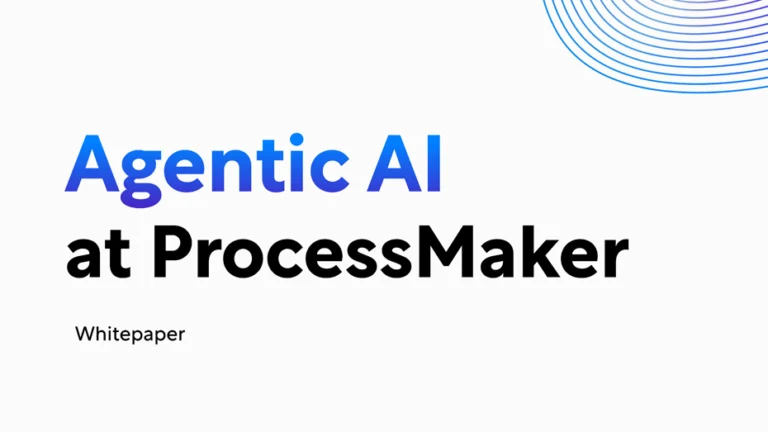The exact distinction between process mining and business intelligence can be confusing, as the two terms are closely related. Both share a common goal of helping stakeholders make better decisions for their organizations. Yet there are important differences that should be taken into consideration when deciding whether process mining and/or business intelligence is right for your organization.
What is Process Mining?
Process mining is a technique used to analyze, monitor, and optimize business processes. Like data mining, process mining uses algorithms to develop insights from data sets. Organizations can create entirely new processes, correct inefficiencies in existing processes, and make better informed decisions.
Process mining is a relatively new technology, originating in the 1990s from the work of Dutch scientist Wil van der Aalst. It was not until 2011, however, that process mining gained attention for practical applications. This was the year that process mining leader, Celonis, was founded, where Van der Alst serves as Chief Scientific Advisor.
As Gartner wrote in their 2018 Market Guide for Process Mining, there are many potential use cases for process mining. Some common examples include:
- Business process management
- Business process improvement
- Business process analysis
- Implementing digital process automation (DPA) technologies
What is Business Intelligence?
Business Intelligence (BI) is a set of strategies and techniques used by organizations to transform business data into forms that stakeholders can use to identify, develop, and create new strategic business opportunities. The term “Business Intelligence” was coined in 1958 by IBM researcher Hans Peter Luhn. Luhn defined BI as “the ability to apprehend the interrelationships of presented facts in such a way as to guide action towards a desired goal.”
BI has many potential applications, including but not limited to:
- Analyzing customer behaviors and spotting trends
- Budgeting and financial planning
- Risk analysis
- Customer relationship management
- Improving logistics and operational performance
Key similarities between process mining and business intelligence
Both business intelligence and process mining help stakeholders to make more informed decisions by analyzing organizational data. They often analyze the same processes to gain insights even though the scope of analysis is vastly different. BI tools show patterns and correlations between data points. Analysts look at this information to form their own insights. Process mining, however, delivers actionable insights, leaving less to interpretation.
Key differences between process mining and business intelligence
There are some important differences between process mining and business intelligence. The most significant difference is the depth and scope of analysis. BI involves a higher level of analysis to help stakeholders understand how process performance issues impact an organization’s business operations as a whole.
Process mining, however, looks closely at a specific business process, performing a root cause analysis to identify where performance issues originate and more importantly why they are occurring. Moreover, with process mining technology, organizations can identify unknown performance issues. This is a key difference from traditional business intelligence.
BI requires prior knowledge of underlying processes and the continuous interpretation of data by business analysts to derive insights. For example, key performance indicators may show that a process is not performing well, but it is up to the analyst to decide why and the correction action that must be taken. BI is a great tool for monitoring KPIs but is flawed in the sense that it assumes that there is nothing wrong with the business process itself.
Process mining goes deeper, zeroing in on the bottlenecks that are causing poor performance. The result is that process mining insights leave little to interpretation and are typically actionable. For instance, you may discover that approval requests are delayed due to employees having to submit manual requests. This insight tells you that manual approval processes should be eliminated.
Another important difference concerns automation opportunities. Business intelligence does not tell stakeholders which tasks could benefit from automation. Process mining not only identifies automation opportunities but helps organizations to implement them quicker. You can also use business process management (BPM) software with a process validation engine to test automated “To-Be” processes prior to launching them in real-time.
Business intelligence or process mining?
Organizations stand to benefit from both business intelligence and process mining software. BI plays an important role in business process management. For example, stakeholders can view and monitor KPIs using BPM software to drive business initiatives and strategies. With process mining software, organizations can monitor and analyze their business processes to boost efficiency. Moreover, stakeholders can identify automation opportunities, which organizations can implement using an industry leading low-code BPM platform.





